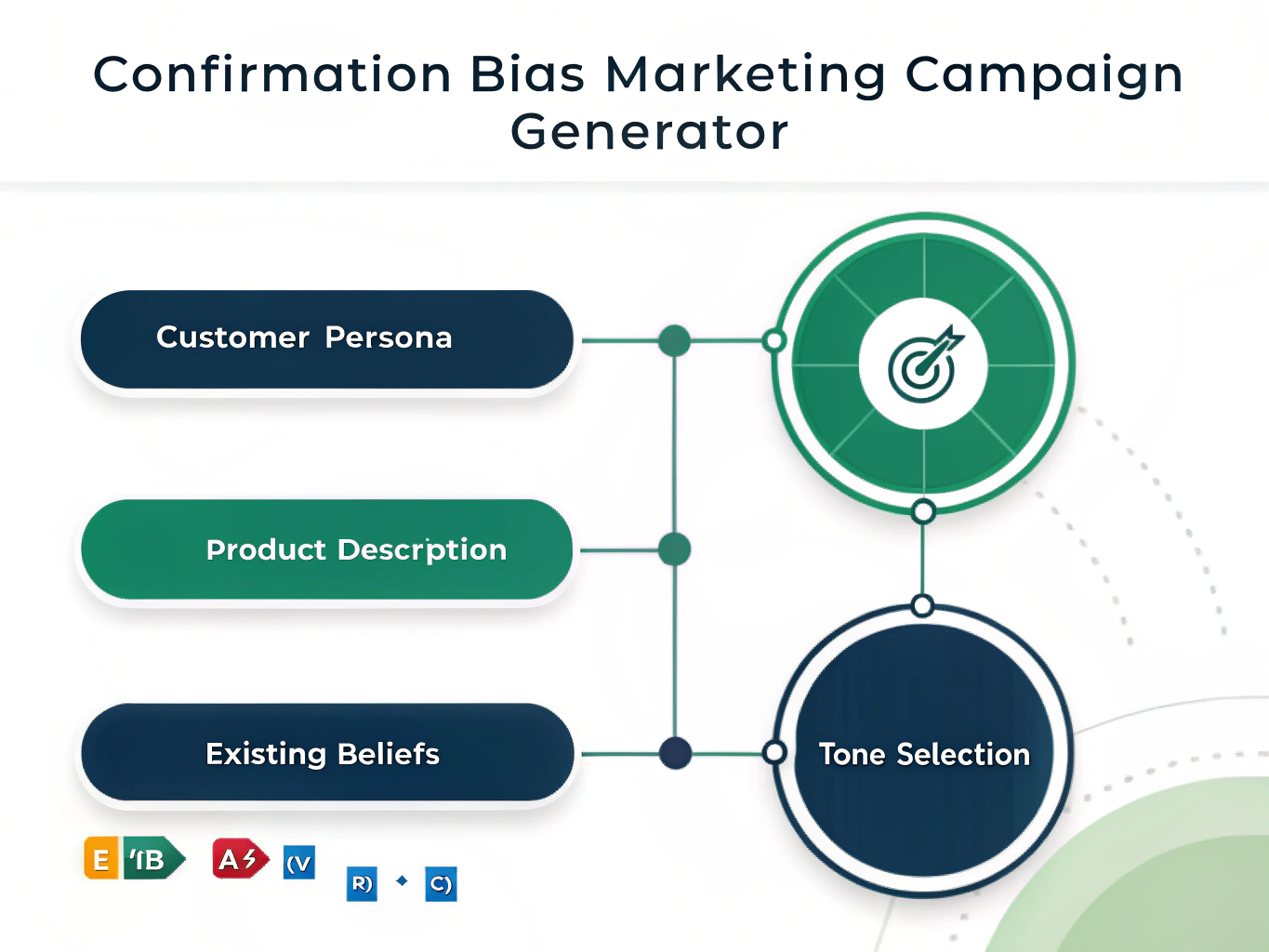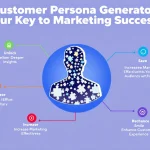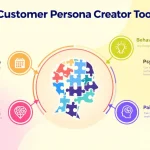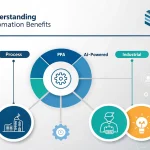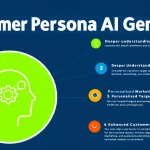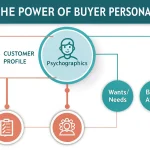Marketing Campaign Generator
Is this tool helpful?
How to Use the Confirmation Bias Marketing Campaign Generator Effectively
To create a powerful marketing campaign that leverages confirmation bias, follow these steps to use the generator effectively:
- In the first field, describe your ideal customer persona in detail. For example: “Tech-savvy millennials aged 25-35 who believe in sustainable living, value environmental consciousness, prioritize minimalist lifestyle choices, and aim to reduce their carbon footprint while maintaining a modern aesthetic.”
- Next, detail your product or service. For instance: “A smart home energy management system that uses AI to optimize power consumption, integrates with renewable energy sources, and provides real-time sustainability metrics through a sleek mobile app.”
- Optional: Add existing beliefs that align with your offering, such as: “Smart technology is essential for sustainable living; Real-time data helps make better environmental choices; Modern solutions should balance convenience with responsibility.”
- Choose your preferred tone: “Aspirational and educational with environmental consciousness”
Understanding Confirmation Bias in Marketing
The Confirmation Bias Marketing Campaign Generator is an advanced tool designed to create compelling marketing messages that resonate with your target audience’s existing beliefs and values. This tool leverages the psychological principle of confirmation bias – people’s tendency to favor information that confirms their pre-existing beliefs.
The Science Behind Confirmation Bias
The effectiveness of confirmation bias in marketing can be expressed mathematically as:
$$E = (B × A) + (V × R) + (C × I)$$Where:
- E = Campaign Effectiveness
- B = Strength of existing Beliefs
- A = Alignment with beliefs
- V = Customer Values
- R = Resonance factor
- C = Consistency of messaging
- I = Implementation quality
Benefits of Using the Confirmation Bias Marketing Campaign Generator
- Enhanced Message Resonance: Create marketing messages that naturally align with your audience’s existing worldview
- Increased Conversion Rates: Generate content that speaks directly to your audience’s core beliefs and values
- Time Efficiency: Automate the process of crafting psychologically-aligned marketing messages
- Consistent Messaging: Maintain message consistency across various marketing channels
- Strategic Alignment: Ensure marketing campaigns support broader business objectives
Problem-Solving Capabilities
Message Alignment Score
The tool calculates a Message Alignment Score (MAS) using the formula:
$$MAS = \frac{(BP × VP) + (CR × MT)}{4}$$Where:
- BP = Belief Pattern Match (0-1)
- VP = Value Proposition Alignment (0-1)
- CR = Customer Resonance (0-1)
- MT = Message Tone Match (0-1)
Practical Application Example
Consider a sustainable fashion brand targeting environmentally conscious consumers:
- Customer Persona: Fashion-forward professionals aged 28-40 who believe in sustainable practices, value ethical production, and seek to make responsible purchasing decisions
- Product: Eco-friendly business attire made from recycled materials using zero-waste manufacturing processes
- Existing Beliefs: “Fast fashion is harmful to the environment; Quality clothing should last longer; Ethical production matters”
- Tone: Professional with environmental consciousness
Practical Applications and Use Cases
E-commerce Product Launch
A zero-waste home goods company launching a new line of biodegradable cleaning products:
- Persona: Eco-conscious homeowners who believe in natural solutions and sustainable living
- Generated Campaign: “Your commitment to a plastic-free home deserves cleaning solutions that match your values. Our new biodegradable cleaning line proves that effective cleaning doesn’t require harmful chemicals.”
Service Industry Implementation
A virtual wellness coaching platform targeting busy professionals:
- Persona: Career-focused individuals who value work-life balance and believe in holistic wellness
- Generated Campaign: “You understand that success requires balance. Our virtual wellness coaching integrates seamlessly into your ambitious lifestyle, supporting your belief that peak performance starts with self-care.”
Frequently Asked Questions
What makes a good customer persona description?
A good customer persona description includes demographic information, core beliefs, values, lifestyle choices, goals, and pain points. The more detailed and specific, the better the generated campaign will be.
How specific should my product/service description be?
Include key features, benefits, unique selling propositions, and how they relate to customer values. Focus on aspects that align with your target audience’s beliefs and preferences.
Can I modify the generated campaign content?
Yes, the generated content serves as a strategic foundation. You can and should customize it to better match your brand voice and specific marketing needs.
What types of marketing channels work best with confirmation bias messaging?
Confirmation bias messaging works effectively across all channels, including social media, email marketing, content marketing, and paid advertising. The key is maintaining consistency in the message alignment.
How often should I update my marketing campaigns?
Regular updates are recommended as customer beliefs and values evolve. Consider refreshing your campaigns quarterly or when significant market changes occur.
Can I use the generated content for different marketing formats?
Yes, the generated content can be adapted for various formats including social media posts, email campaigns, blog content, and advertising copy.
How do I measure the success of confirmation bias marketing?
Track engagement metrics, conversion rates, customer feedback, and brand sentiment. Compare performance against previous campaigns and industry benchmarks.
What’s the best way to incorporate customer testimonials?
Select testimonials that reinforce your audience’s existing beliefs and values, integrating them naturally into the generated marketing messages to enhance credibility.
Important Disclaimer
The calculations, results, and content provided by our tools are not guaranteed to be accurate, complete, or reliable. Users are responsible for verifying and interpreting the results. Our content and tools may contain errors, biases, or inconsistencies. We reserve the right to save inputs and outputs from our tools for the purposes of error debugging, bias identification, and performance improvement. External companies providing AI models used in our tools may also save and process data in accordance with their own policies. By using our tools, you consent to this data collection and processing. We reserve the right to limit the usage of our tools based on current usability factors. By using our tools, you acknowledge that you have read, understood, and agreed to this disclaimer. You accept the inherent risks and limitations associated with the use of our tools and services.
